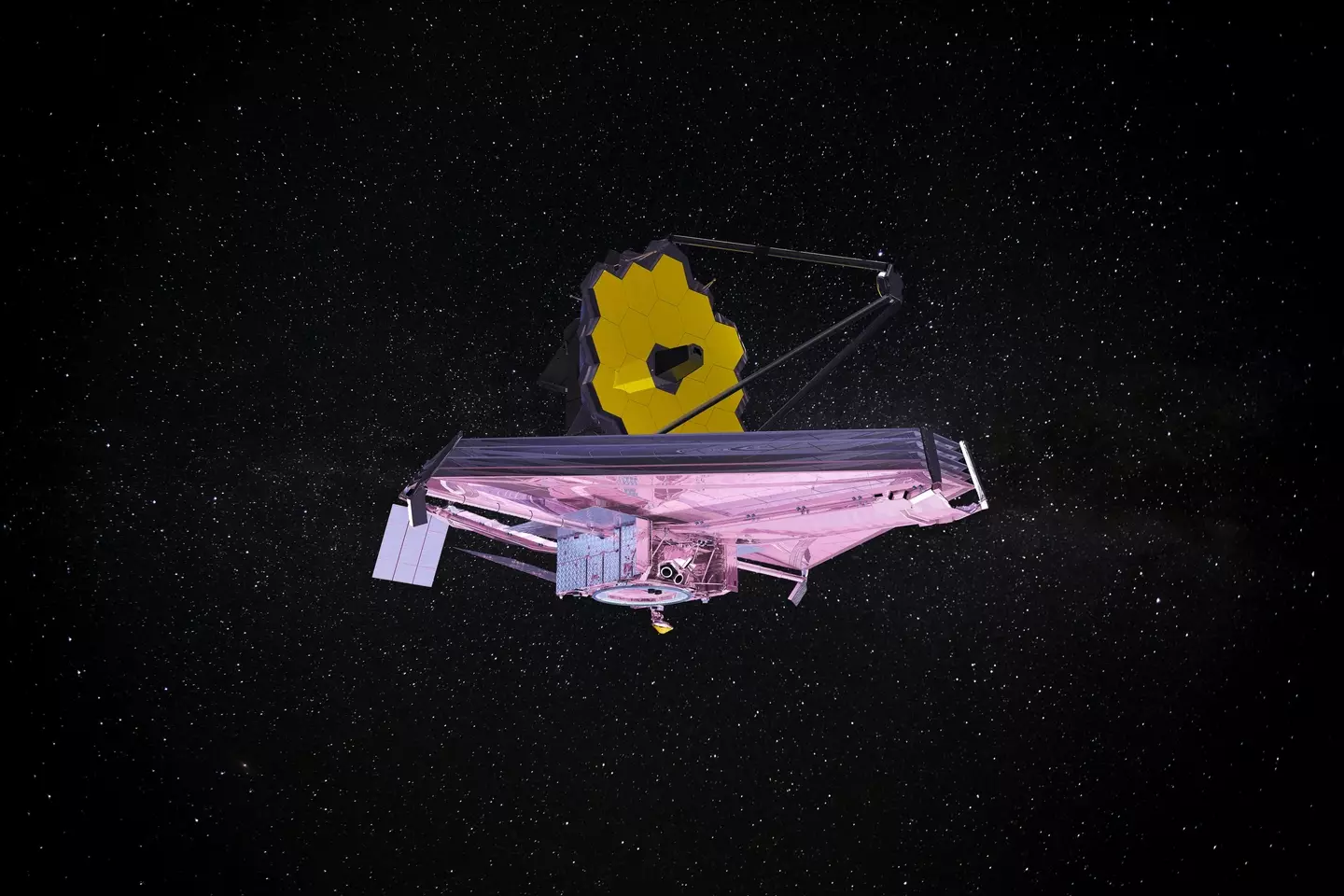
New images from the James Webb telescope have shown a galaxy in amazing clarity - giving people a look at something that resembles none other than Hell.
The fiery images were seen by the James Webb Space Telescope and were released in a special issue of The Astrophysical Journal Letters earlier this week.
Taken with JWST's MIRI (Mid-Infrared Instrument), the shots show a spiralling galaxy, dubbed the 'Phantom Galaxy', that resembles lava or a fiery whirlpool.
The ability to see in infrared means that the telescope can look through dust clouds that would normally block the view of other telescopes, such as NASA's Hubble Space Telescope.
Advert

The 'Phantom Galaxy' is believed to be 32 million light years distant in the constellation of Pisces.
These images are a step up from the previous infrared-capable telescope, Spitzer Space Telescope, which was active between 2003 and 2020.
Speaking of the capabilities of the JWST - which has been orbiting Earth since it was launched on 25 December, 2021 - Karin Sandstrom, Associate Professor at the University of California San Diego said: "Since Spitzer was retired, we haven’t had much access to the mid-infrared spectrum, but JWST is incredible."
Advert
Whilst Spitzer's mirror was only 0.8 meters, JWST's is 6.5 meters.
Sandstrom said: "It’s a huge telescope and it has amazing instruments. I’ve been waiting a very long time for this."
It's hoped that remarkable images like these will help scientists map the structure of molecular clouds that stars form from.
A better understanding of these would help answer the question of a galaxy forms new stars to begin with.
Advert
Sandstrom said: "Areas which are completely dark in Hubble imaging light up in exquisite detail in these new infrared images, allowing us to study how the dust in the interstellar medium has absorbed the light from forming stars and emitted it back out in the infrared, illuminating an intricate network of gas and dust."

The image of the fiery galaxy is just one of many that have been released recently to demonstrate the capabilities of the new telescope.
Space continues to fascinate scientists from around the world, who are constantly coming forward with new information about galaxies, stars and solar systems.
Advert
In 2020, scientists discovered that a galaxy called 'Kraken' collided with the Milky Way approximately 11 billion years ago.
One study from the University of Nottingham even suggested that there may be more than 30 alien civilisations living in the Milky Way - assuming that each planet needs five billion years for intelligent life to form like it did on Earth.
Regardless of whether or not aliens exist, space will continue to be a source of interest and fascination for millions here on Earth.
